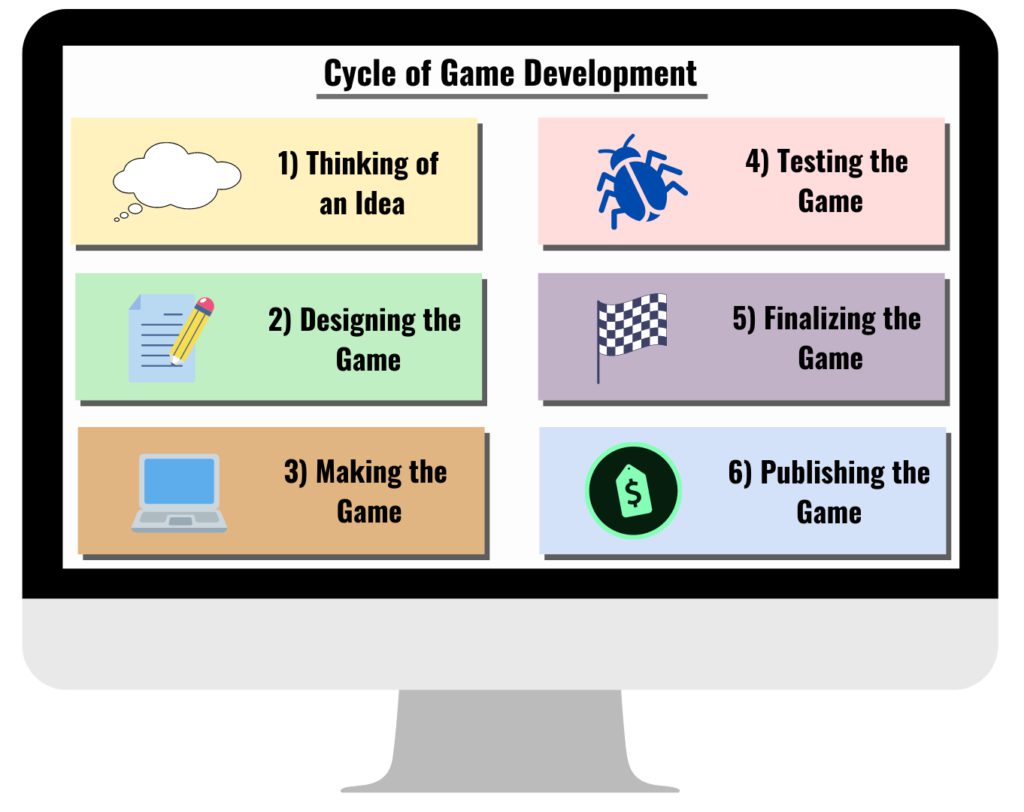Creating complex and engaging video games requires a structured and meticulous process. The first step is the concept phase, where the idea for the game is born, followed by the design phase where a blueprint is created for the game’s mechanics and graphical elements. In the development stage, programmers, artists, and sound designers get involved in creating the game’s code, graphics, and sound, while the testing phase helps iron out bugs and glitches. Once the final build is approved, the game is released, and developers focus on post-launch maintenance and support. Overall, following each step thoroughly ensures a great end product.
Introduction:
The video game industry has come a long way since the days of the Atari and the NES. Now, there are video games that are so elaborate and detailed that players can get lost in them for hours, if not days. Creating such complex and engaging games requires a lot of hard work and dedication, as well as a detailed and structured process. In this article, we will outline the step-by-step process of making a video game.
1. Concept – The Birth of an Idea:
The first step in the video game development process is the concept phase. This is when the idea for the game is born, and developers begin to brainstorm what the game will be all about. At this stage, ideas are usually quite rough, and no one is quite sure what they want the game to be like. However, this is the most important part of the process as it sets the tone for the game’s development.
2. Design – Laying groundwork:
Once the concept is established, the design phase begins. This is when developers start to create a blueprint for the game, outlining characters, storylines, and game mechanics. Everything from the game’s core mechanics to graphical elements is mapped out here. Design drafts are created, storyboards are made, and artwork is created that will eventually be used in the game.
3. Development – Technical Implementation:
The development stage is where the game begins to take shape. This is when programmers, artists, and sound designers get involved in creating the game’s code, graphics, and sound. Different components of the game such as UI/UX, Character movement, Physics, AI etc are developed here to make the game functional.
4. Testing – Ironing out the kinks:
Once the game is developed, the testing phase begins. QA testers play the game thoroughly and spot the bugs, glitches and other technical issues. Once identified, the developers fix these issues and resubmit the game for testing. This step continues until a bug-free game build is achieved.
5. Launch – The release of the game:
After testing is successfully completed and the final build is approved, the game is released to the market. The game can be launched on various platforms like Mobile, Console, PC, etc. A communication strategy around the launch is also planned where press-release and social media campaigns are coordinated by respective stakeholders.
6. Post-Launch – Maintenance and Support:
Once a game is launched, the work isn’t necessarily done. Developers must keep an eye on the feedback, adjust as needed, fix any new issues that are found and improve the game’s overall experience. Periodic updates, bug fixing, offering new content, providing support,etc also falls under this phase.
Conclusion:
The process of video game development is a complex and structured one that requires meticulous planning and execution. If a developer doesn’t follow each step thoroughly, the end product will suffer. By following the steps laid out in this article, developers are better equipped to create great video games that people love to play.
